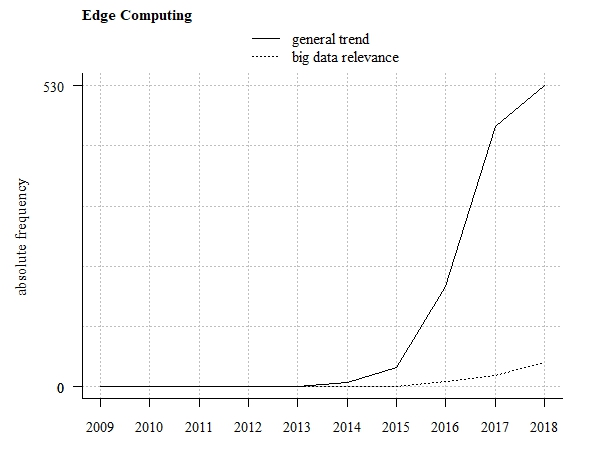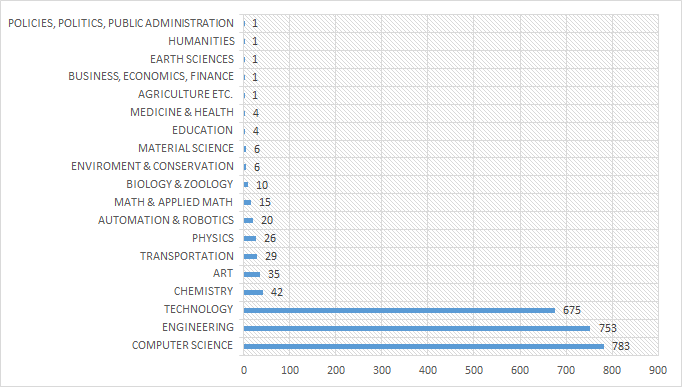Open data - Download the Knowledge base
You are free to download the data of this Knowledge base.
To do this you must be an authenticated user: log in or sign in now.
All the data are licensed as Creative Common CC-BY 4.0.
A new computing model – edge computing – is currently evolving, which involves extending data processing to the edge of a network in addition to computing in a cloud or a central data centre. [1]
In the architecture physical objects are cross-linked through an edge computing layer on a local level, which beside can also ensure user data privacy. On a global level, edge computing services and applications are networked on a cloud computing layer. Edge computing and cloud computing constitute the logical levels on which digital services and applications in context of the Internet of Things could be implemented. [2]
Edge Computing has special relevance to the autonomous cyber-physical systems in the IoT environment, such as autonomous vehicles, implanted medical devices, fields of highly distributed sensors, and mobile devices. Cyber-physical systems need a huge amount of real-time data just to be usable. In a edge computing layer the real-time relevant data can be processed, filtered, storaged and analysed locally and just a relevant results can be sent to central data servers or cloud layers, respectively. In this manner Edge Computing helps to relieve conventionell computing systems and ensures lower latencies.The Fog Computing model represents the system architecture patterns, which consist of specialised gateways and other fog intersections.[3]
Get more information on open fog.
That has potential impact on public safety within public video surveillance systems in lines of privacy protection, smarter urban building technologies and more efficient energy management in order to realise a localised monitoring.


| Agenda Setting | Policy Design and Analysis | Policy Implementation | Policy Monitoring and Evaluation |
|---|
You are free to download the data of this Knowledge base.
To do this you must be an authenticated user: log in or sign in now.
All the data are licensed as Creative Common CC-BY 4.0.